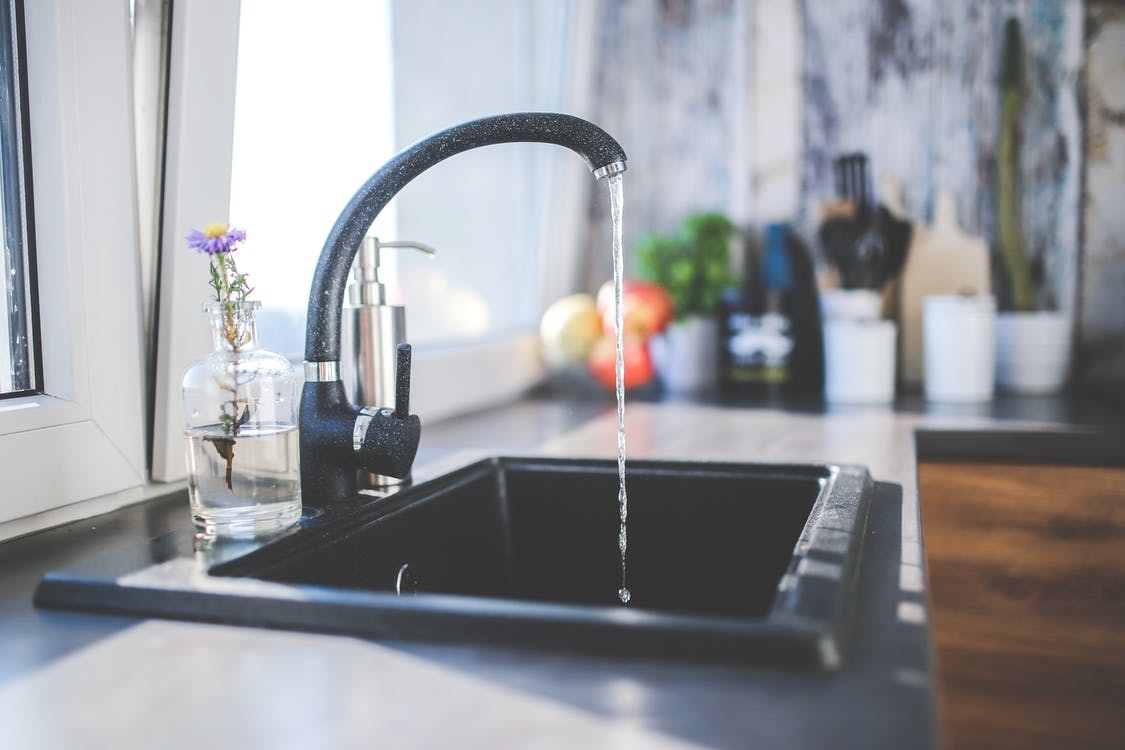A blocked sink is a pretty common occurrence and there’s a very high chance that you will experience this problem at some point in your life. If you’ve been in this position before then you may have a bit more of an idea as to how to sort it. But, if this is the first time you’ve ever had to deal with a blocked sink, you may need a few pointers as to how to best solve this issue. Thankfully, that’s where we can help. In this article, we’ll share with you some top tips that we’ve learned over the years as to how to best unblock your sink. That way, if the problem ever occurs (or when, should I say?), you’ll know just what to do.
Tip #1 – The Plunger
Whenever you have a blocked sink, whether it’s in the kitchen, the bathroom, or any other room, the first step should always be to grab a plunger. These tools are designed to suck air from the pipe and force it back it in, helping to dislodge any blockage. They can be picked up from any local DIY shop or supermarket for a couple of quid and could potentially save your belongings from becoming water damaged. To use a plunger simply place the cup over the plughole to form a tight seal. Then, push the handle up and down in a kind of pumping action. When the sink begins to empty quickly you know you have cleared the blockage.
Tip #2 – Pressure It
If you’ve tried the plunger and it still doesn’t seem to clear, then it’s time to put some pressure on it. Blasting the plughole with a hard burst of water is sometimes enough to push out whatever’s inside causing the blockage. To give your sink a good blast, grab a 2-litre drink bottle of some kind and fill it with hot water. Then, tip it upside down, holding the top of the bottle against the plughole, and give it a good, hard squeeze. This fast, focused burst of water may just do the trick.
Tip #3 – A Friendly Dissolver
While there are many different sink unblocking chemicals available to buy these days, not all of them are good for your sink (or your own health, for that matter). So instead of reaching for the strongest, most chemically laden product you can find, first why not try something a little less brutal? One such solution is a basic mix of baking soda and vinegar. To use this method all you need to do is simply pour a good amount of baking soda down the plughole, then follow on with some vinegar. When the two meet, a chemical reaction takes place, causing a lot of fizzing to occur. Once the fizzing calms, pour some hot water down the plughole to help flush everything through.
Tip #4 – Bleach It
If flushing the sink through with a friendly solution doesn’t work, then you may need to step it up a little. But rather than reach for any harsh sink unblockers just yet, why not first try some bleach? It’s a little safer to use and won’t smell quite so bad. If you are going to use bleach, it is best to pour some in the plughole in the evening, then leave it to soak overnight. Then in the morning, flush it through with some hot water. You may also want to use the plunger after, just to try and clear any remaining gunge.
Tip #5 – Get in There
When you’ve exhausted all of the above and your sink is still as blocked as it was to start with, then there’s nothing left for it – it’s time to get dirty. The chances are that there is something lodged tight in the sink’s U-bend, and sometimes the only way to clear it, is by hand. The U-bend is the first bend in the pipe you come to immediately following on from the plughole. These pipes unscrew at both ends for you to completely remove and clear. Just be careful when you take it off as it may still be full of water. Once removed, give it a clean and remove anything that’s stuck. Then, simply fix it back into place, and you’re good to go.
If you’ve tried all you can to clear the blockage and still can’t find the source of the problem, it’s time to call in the cavalry. FS Drainage is a very knowledge company covering London and its surrounding areas. So, if you are in need of some expert advice at a moment’s notice, be sure to get in touch now.

